READY TO GET STARTED?
REQUEST A FREE ESTIMATE
Fill out the form below or call (888) 466-7849 for a free, no-obligation estimate.
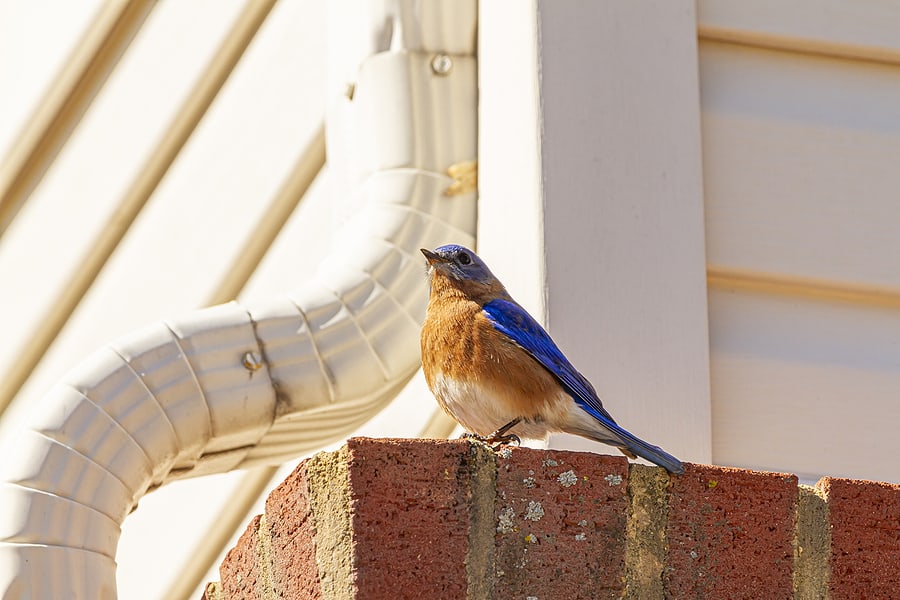
As the weather starts to warm up, you may see an increase in bird activity around your home. Birds will often leave a mess on your patio or deck and can even be found taking a dip in your swimming pool. Nuisance birds will build nests in the most inconvenient places putting you and your family in harm’s way. Here are a few tips on how to prevent birds from taking over your outdoor fun this summer.
There are several things you can try to keep birds away from your pool and deck. One of the easiest is to install a decoy bird near your pool. Owl statues are the most common but hawks and falcons will also work well. These statues make other nuisance birds think a predator has already claimed that territory and they will take up residence somewhere else. Remember to move the statue occasionally, especially if birds get used to it or start ignoring it.
You can also use automatic pool vacuums in your swimming pool to help deter birds. Automatic vacuums are constantly moving which discourage birds from landing in the water. Leaving brightly colored toys and floats in the pool can also help keep these pesky birds away. Keep your pool covered if possible. You can even use a simple solar cover instead of a traditional cover to help protect your pool from droppings and feathers.
Birds will often nest in your grill or in the eaves around your patio. To protect your grill in between uses, invest in a high quality cover and use it any time the grill is not in use. If that’s not an option, cover your grill with bird netting when it’s not in use. Clean the grill after use and make sure there is no food residue left over. Birds will keep coming back if they continue to find food in the area.
If you’re finding birds flocking to your deck or patio area, try installing bird spikes on fences or in gutters. It is difficult for birds to land on them, making it undesirable for birds to nest. You can also try wind chimes or ultrasonic noise machines which are also helpful and driving nuisance birds away. The noise machines give off a high-pitched sound that is undetectable to humans but will annoy any lingering birds.
Taking preventative measures against birds will help in your bird control efforts. Discourage people from feeding birds in and around your home. Clean up any spilled grain or birdseed from feeders daily. Block any openings in your home (lofts, vents, eaves, window sills, etc.). Change your ledge angles to 45 degrees or more to prevent birds from roosting on them. Screen the underside of rafters with netting or wire mesh screening.
While birds aren’t usually a dangerous problem, they can become quite a nuisance, especially when you are trying to enjoy time outdoors. If you have a problem with birds or any other pests, contact your local pest control company who can provide you with a thorough evaluation and treatment plan.
Does Hot Weather Bring Out Cockroaches?
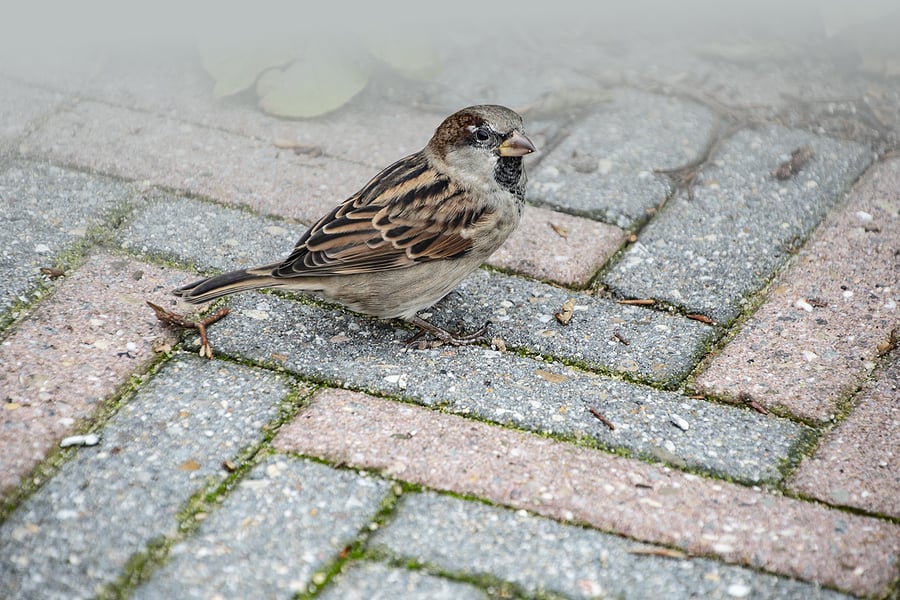
Most of the time birds are fun to watch, singing their cheerful songs as they fly around our yards. Birds can also be productive by producing down feathers, helping control pests and weeds, and giving us plenty of opportunity for birdwatching. Some birds, however, are referred to as nuisance birds and can actually be detrimental to both our health and our homes by damaging buildings and monuments, contaminating our food sources, and transmitting serious diseases to humans.
Three of the most common nuisance birds are starlings, sparrows, and pigeons.
Starlings are found in both urban and rural areas. They travel in flocks that can have thousands of birds in them. They can often be found nesting in trees, vents, ledges, lampposts, and even signs. Starlings will eat seeds, fruit, food scraps, fruit, vegetables, and insects, making your home and yard a very abundant source of food for them. When starlings aggregate in large numbers, they can cause problems to homeowners due to the sheer volume of feces they generate and the cacophony of noise they produce. Their feces can deface and deteriorate buildings and structures and cause surfaces to become slippery. It can also contaminate livestock and kill trees. Their nests often clog machinery and drainage systems, leading to moisture buildup and the risk of fire. They are also known to transmit diseases like histoplasmosis.
Sparrows can be found in urban and rural areas, as well. They are known to build extremely messy nests using any materials they can find, including string, twigs, paper, and grass. They usually nest in areas that are covered and elevated, such as warehouses, stadiums, and airport hangers. They usually eat grain but will also eat fruit, seeds, food scraps, and even insects when necessary. Sparrows are able to reproduce extremely fast, making them difficult to control. They are an aggressive species and will often drive off other species of birds. Sparrow nests can cause fires and electrical shortages. They can also cause contamination and are associated with over 25 different diseases and parasites.
Pigeons are arguably the most common of the nuisance birds and are also responsible for some of the worst public health issues caused by birds. They usually nest in small, flat, elevated spaces like air conditioners, window sills and ledges, and pipes. They eat anything from grain to food scraps and even manure. Pigeon feces can deface buildings and other structures and cause slipping hazards on surfaces like sidewalks, stairs, and fire escapes. Their feces can also clog gutters and downspouts. Pigeons are also known to carry diseases like histoplasmosis. Pigeons are easily adaptable to their environments, making them difficult to control.
Any nuisance bird population can be difficult to control once they have established themselves in your area. Prevention is key to helping control these populations. Check out these bird prevention tips you can use to help deter these problem pests from your home and yard.
If you have a problem with nuisance birds, contact your local pest control company who specializes in bird control for a comprehensive evaluation and elimination plan.
How You Could Be Attracting Termites
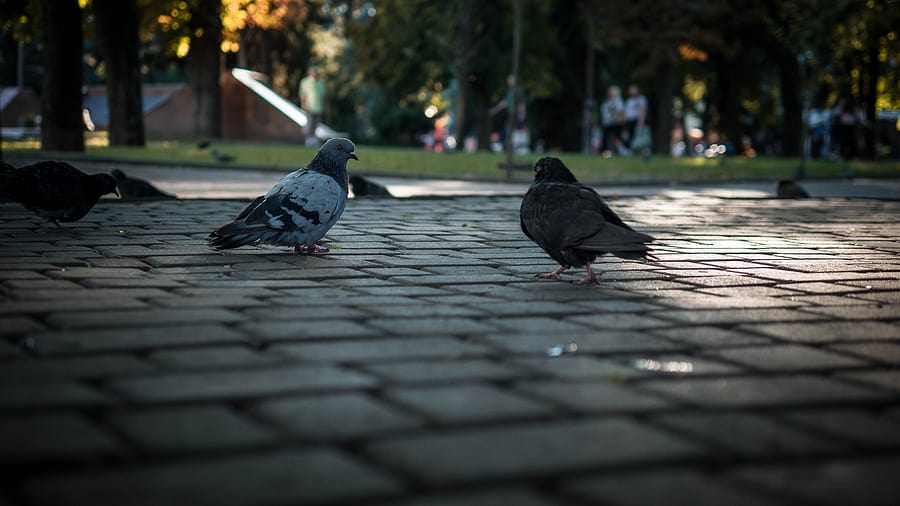
While some people consider pigeons a minor nuisance, they can actually be harmful to humans. Pigeons are the most common nuisance bird and are also responsible for the worst public health concerns caused by birds. Pigeons are capable of spreading more than 60 pathogens to humans, mostly through their droppings. Besides the obvious means of transmission by handling pigeon feces, what many don’t realize is pigeon droppings that are left on cars, windowsills, and even the street can dry into a powder that can be blown into the air and inhaled. The most common diseases spread by pigeons are E. coli, histoplasmosis, and salmonellosis.
Pigeons are also capable of damaging and destroying your property. Nests can interfere with the functioning of air conditioning units and electrical elements. Pigeon droppings can also accumulate, causing surfaces to become slippery. Their feces can also deface and deteriorate buildings and other structures.
Pigeons prefer to nest in small, flat areas that are off the ground (e.g. ledges, air conditioning units, pipes, and window sills). They eat a varied diet, consuming anything from grains and livestock feed to discarded food scraps and manure. They must have water daily to survive.
Pigeons adapt easily to their environments, including those that are manmade. They will travel up to 5 miles between their nesting and roosting sites, making it very difficult to get an established flock to move. Their homing capabilities allow them to easily find their way back to their original nesting sites.
Get rid of nuisance pigeons with these bird prevention tips:
If you suspect you have a problem with pigeons or any other nuisance pests, contact a professional pest control company for a free evaluation.
Are Termites Active Right Now?
A New Year’s Resolution: Keeping Pest-Free!
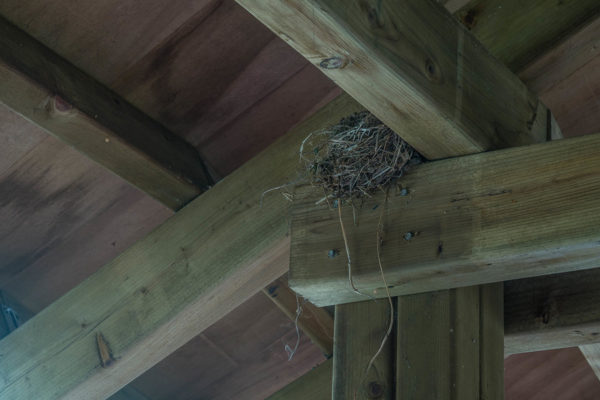
While some birds are beneficial to us through their production of down feathers, control of pests, control of weeds, and providing us with the opportunity for birdwatching, they can be detrimental to our homes and our health. Besides being a general nuisance, some birds can cause damage to buildings and monuments, contaminate food sources, and transmit diseases that can be serious to humans.
Three of the most common nuisance birds that can cause these issues to humans are pigeons, sparrows, and starlings. Here is a look at each of these nuisance birds, as well as some tips to prevent and exclude them.
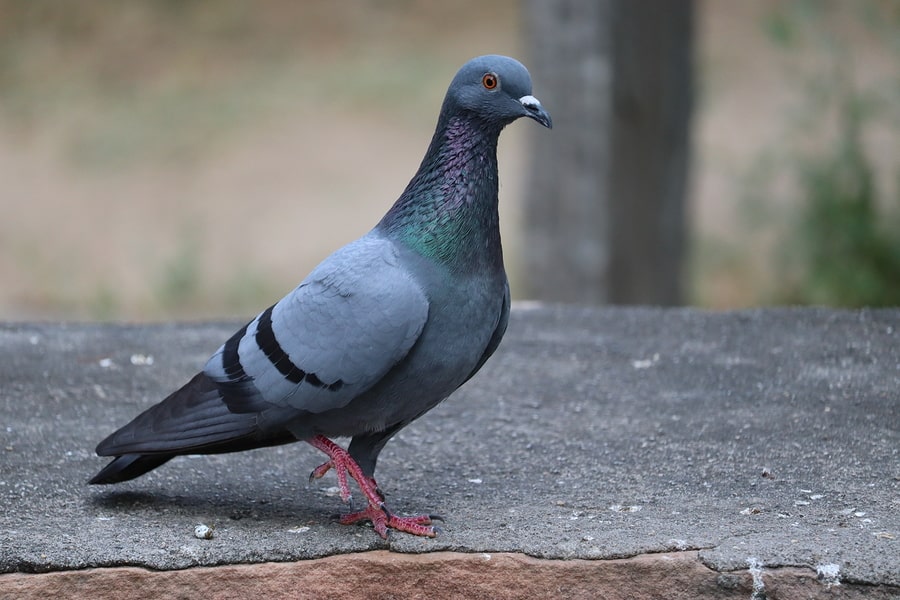
Pigeons are the most common nuisance bird and are also responsible for the worst public health concerns caused by birds.
Adult pigeons are about a foot in length and weigh about 13 ounces. They are blue-grey in color with iridescent feathers on their heads and necks. Pigeons have short necks, small heads, and short legs.
Pigeons prefer to nest in small, flat areas that are off the ground (e.g. ledges, air conditioning units, pipes, and window sills). They eat a varied diet, consuming anything from grains and livestock feed to discarded food scraps and manure. They must have water daily to survive.
Pigeons can cause serious problems wherever they are. Large flocks of pigeons can be a nuisance in public places. Their feces can not only deface and deteriorate buildings and other structures but can also cause slipping hazards on stairs, sidewalks, and fire escapes. Their droppings and debris from their nests can clog downspouts and machinery. Pigeons carry numerous diseases including histoplasmosis.
Pigeons adapt easily to their environments, including those that are manmade. They will travel up to 5 miles between their nesting and roosting sites, making it very difficult to get an established flock to move. Their homing capabilities allow them to easily find their way back to their original nesting sites.
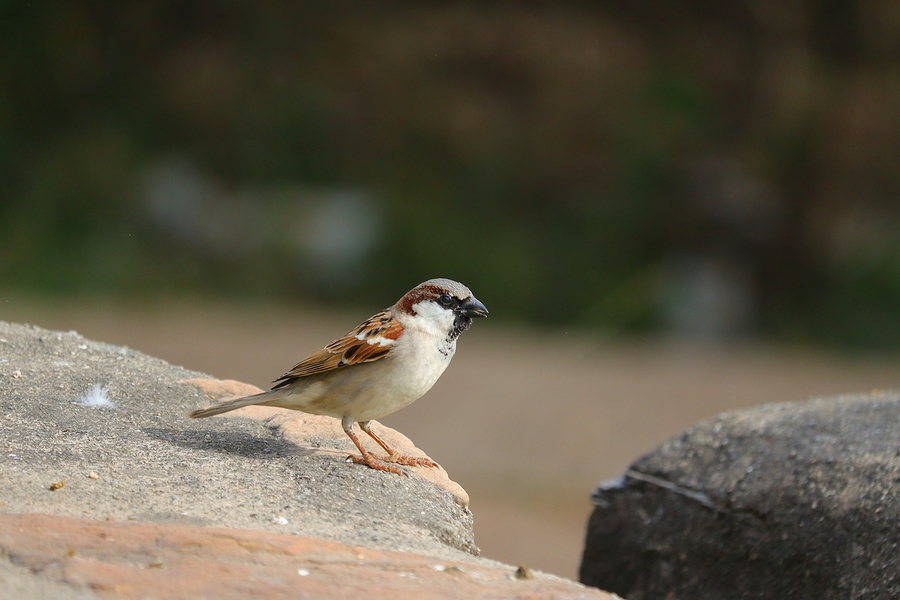
House sparrows are not actually true sparrows; they actually belong to a family called weaver finches. They are stocky, small birds about 5 to 6 inches in length and weighing about 1 ounce. They have conical bills with brown grey feathers. Males have a black throat and white crown while females have a white throat and a dull eye stripe.
Sparrows build extremely messy nests out of anything they can find (string, twigs, paper, grass). They prefer to make their nests in covered, elevated areas like warehouses, airport hangars, and stadiums.
Sparrows primarily eat grain but have also been known to eat fruit, seeds, insects, and food scraps. They have become extremely dependent on humans for both food and shelter. They nest, roost, and feed in large groups within 1 to 2 miles of each other.
Sparrows can be difficult to control because of their ability to rapidly reproduce. They are extremely aggressive and will often drive out other desirable bird species from the area. When they nest in electrical areas they can cause electrical shorts and fires. When they congregate in poultry and hog farms they cause potential contamination threats. Sparrows have been associated with over 25 diseases and ectoparasites.
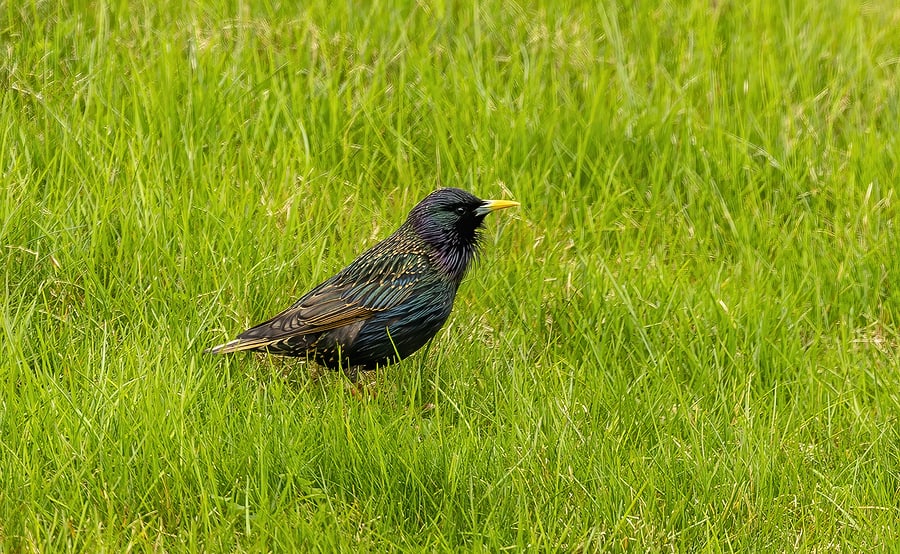
Starlings are an introduced species that cause problems in both urban and rural areas. Adult starlings are about 8 inches in length and weigh about 2-1/2 to 3-1/2 ounces. They have short tails and long bills. In the winter, starlings have dark bills and iridescent coats speckled with white dots. In the summer, starlings have yellow bills with duller coats that are mostly purple and green in color and are less speckled.
Starlings travel in flocks that can number into the thousands. They nest and feed in a variety of areas. When they nest in urban areas they tend to frequent trees, exhaust vents, marquees, ledges, lighted signs, hollow lampposts, billboards, soffits, and dryer and stove vents. In rural areas they tend to nest in farm building ledges and tree cavities.
Starlings feed on a variety of things depending on what season it is and what food sources are available. They are known to eat seeds, fruit, food scraps, insects, fruit, and vegetables.
Starlings can be problematic because of their intense vocalization, especially when their flocks grow to such large numbers. Their fecal accumulation can also be problematic because of the sheer volume. Starlings are very aggressive and can drive out other bird species. Their feces can deface and deteriorate buildings and other structures; can cause slipping hazards; can contaminate livestock feed; and can kill trees. They leave nesting materials behind that can clog machinery, cause drainage problems, and clutter structures. These blocked vents can also lead to moisture buildup, odor issues, and potential fire risks. They are known to carry serious diseases like histoplasmosis.
Each of these nuisance birds can be hard to control or eliminate once their flock is established. Prevention and elimination is key to helping control these bird populations. Here are some bird prevention and exclusion tips you can use to help control these problematic pests.
If you have a nuisance bird problem, contact a professional pest control company who can provide you with a customized inspection and treatment plan for your situation.
The When, Where, and Why of Termite Swarms